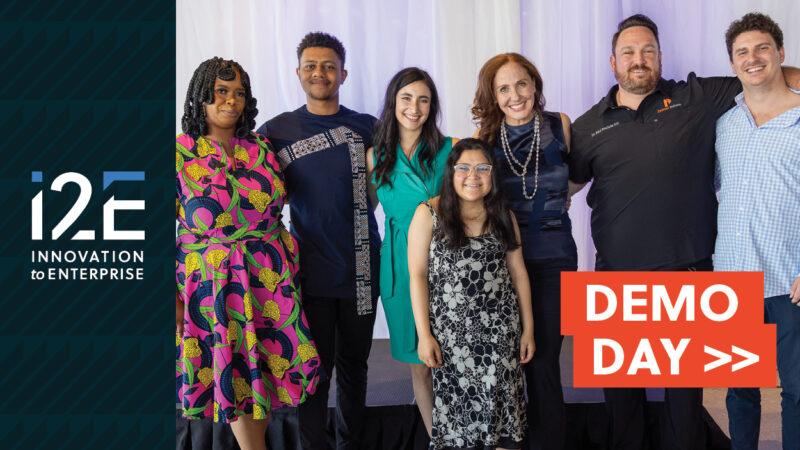Oklahoma students have standing invitation to apply to OSSM
By Scott Meacham
About 4 million people live in the state of Oklahoma. Every year, between 140 and 200 of them are high school students enrolled in the Oklahoma School of Science and Math (OSSM).
Everything about OSSM supports student academics, whether the school’s college-level curriculum is delivered to residential boarding students at the OSSM campus next to Research Park in Oklahoma City, through one of five regional centers, or through virtual learning — a very adaptive option for students who want to learn these advanced subjects but are unable to attend OSSM’s residential program or obtain course work via the five regional centers.
OSSM serves different populations of high school students from very different schools across Oklahoma.
Creative Options
The creative options that have evolved at OSSM are responsive to that. Every OSSM learning opportunity is challenging, certainly, but the range of ways to learn from this school are more accessible than ever. More than 1,900 students have been graduated from OSSM, with 100 percent of them going on to college with average college scholarships of $214,000 per student.
For the last 10 years, Dr. Frank Wang has served as president at OSSM. As I recently wrote, Dr. Wang is retiring, and the school is looking for a new president.
Dr. Wang has a special way with students because he was a special student himself. As a boy he was sent for neurological testing because teachers found him unteachable. The neurologist diagnosed “neurological impairment.” The school wanted Dr. Wang withdrawn and sent to a school for students with learning disabilities, but his parents refused.
“In junior high school,” Dr. Wang said, “I discovered that if you are good at math, people think you are smart. At the time, algebra was taught in the ninth grade. I desperately wanted to show the world I was smart, so I resolved to learn algebra.”
In New York state, the state administered a standardized exam, called the Regent’s test in certain subjects at the end of every year. All prior year’s tests and answers were published. Dr. Wang taught himself algebra from the questions and answers on those previous tests.
“The first day eighth grade happens, and I tell the teacher I already know algebra.,” he said. “ She looks bemused and sends me to the principal. I filled in the bubbles of the test. The principal overlays the grading template, and all the bubbles were black. From there, I ended up getting a Ph.D. in math from MIT, all from my desperate desire to prove people wrong. That is why I am so passionate about education for every child.”
No Hill Too Steep
Many parents and students have the idea that science and mathematics are too steep a climb. I don’t believe that’s true. Dr. Wang knows that it is not. OSSM offers students in this state many paths.
“Every child has tremendous untapped potential far beyond their teachers, parents, or own expectations,” Dr. Wang said. “The tragedy is not that young people don’t achieve all they dream. The tragedy is that they don’t dream as much as they possibly could achieve.”
Oklahoma students have a standing invitation to apply to OSSM. Options include online chemistry classes with a traveling laboratory, or satellite locations where students come for a half-day of physics and calculus and then go back to their own schools and activities. OSSM is entirely free to Oklahoma students. Applications are open now.
Scott Meacham CEO of i2E Inc., a nonprofit corporation that mentors many of the state’s technology-based startup companies. i2E receives state support from the Oklahoma Center for the Advancement of Science and Technology and is an integral part of Oklahoma’s Innovation Model. Contact Meacham at [email protected].








